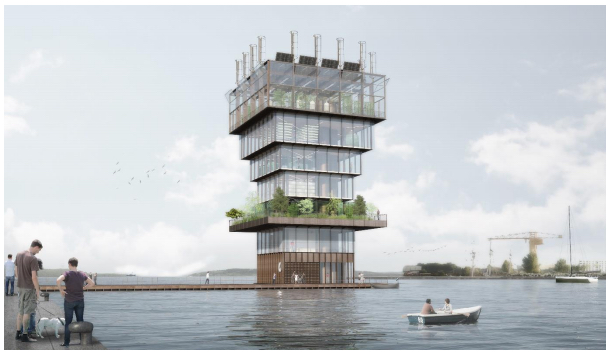Along with rapid urbanisation and industrial growth, Asia’s water supply remains susceptible to pollution and climate change. Notorious for on-site leakages and disposal of contaminated wastewater, the industrial sector is responsible for the release of 80% of untreated wastewater into the environment globally. Given that we live in a world where the use of resources might exacerbate the effects of climate change, governments and corporations are prioritising efforts to mitigate the effects of water pollution on the environment – with efficient water management, treatment, reuse and recycling systems. (more…)
Category: Article
SUPERFARM – Vertical Farming
‘By the year 2050, nearly 80% of the earth’s population will reside in urban centers. Applying the mostconservative estimates to current demographic trends, the human population will increase by about 3 billion people during the interim. An estimated 109 hectares of new land (about 20% more land than is represented by the country of Brazil) will be needed to grow enough food to feed them, if traditional farming practices continue as they are practiced today. At present, throughout the world, over 80% of the land that is suitable for raising crops is in use (sources: FAO and NASA). Historically, some 15% of that has been laid waste by poor management practices. What can be done to avoid this impending disaster?A potential solution: Indoor farming’
Source: Dr DESPOMMIER, Dickson, The Problem, www.verticalfarm.com
LG TO LAUNCH THE NEW COMMERCIAL AIR CONDITIONER WITH INNOVATIVE AIR PURIFICATION FUNCTION
Raising standard of the building by implementing LG Electronics’ revolutionary 4-step air purifying process
LG Electronics (LG) launches the new commercial air conditioner (CAC), equipped with its innovative air purification function. The product is optimized for crowded facilities where users spend a long time, especially places frequent by those with weaker immunity and are more vulnerable to fine dust. These includes kindergartens, schools, hospitals, offices and retail malls. LG’s new cassette offers more choices to building owners and consultants who are torn between various selections of cassettes. (more…)
Harmful Effect of Ozone Damage on plants
CUHK Proves and Visualises the Harmful Effect of Ozone Damage on Plants
First Plant-based Measurement of Ozone in South China Region

A research team led by Professor Amos Tai, Associate Professor of the Earth System Science Programme at The Chinese University of Hong Kong (CUHK), has successfully quantified and visualised the impact of Hong Kong air pollution especially ozone pollutant on plants and the environment. Although the experiment took place in a rural area and in Spring, which would usually have a lower average ozone concentration, the pollutant level still reached high enough to do significant damage to the bioindicator plant. The finding was recently published in Atmosphere.
Hong Kong is one of the most densely populated cities in the world, with millions of people living and working in close proximity to busy roads with severe air pollution. Among various air pollutants, surface ozone is of particular concern. According to the 2019 air quality monitoring results announced by the Environmental Protection Department, the average ozone level has been increasing over the past 20 years, despite overall air quality and other four major pollutants level being on an improving trend. (https://www.info.gov.hk/gia/general/202001/20/P2020012000874.htm?fontSize=1)
Ozone is mostly produced photochemically from anthropogenic precursor gases such as Volatile Organic Compounds (VOCs) and Nitrogen Oxides which are emitted by vehicles. Ozone can cause considerable harm to both human and ecosystem health. The phytotoxicity of ozone has been shown to damage photosynthesis, reduce gas exchange, induce early leaf senescence, and retard growth in both natural vegetation and crops. As plants play vital roles in regulating the ambient environment, ozone-induced damage in plants may further accelerate environmental degradation, with severe consequences for human health.
Professor Tai and his research team established a free-air experimental garden to monitor, quantify and understand the mechanisms of ozone damage on plants. In this experimental field, dubbed the “ozone garden”, the team grew cultivars of beans with different ozone sensitivities as a bioindicator of the local air pollution impacts on ecosystems.
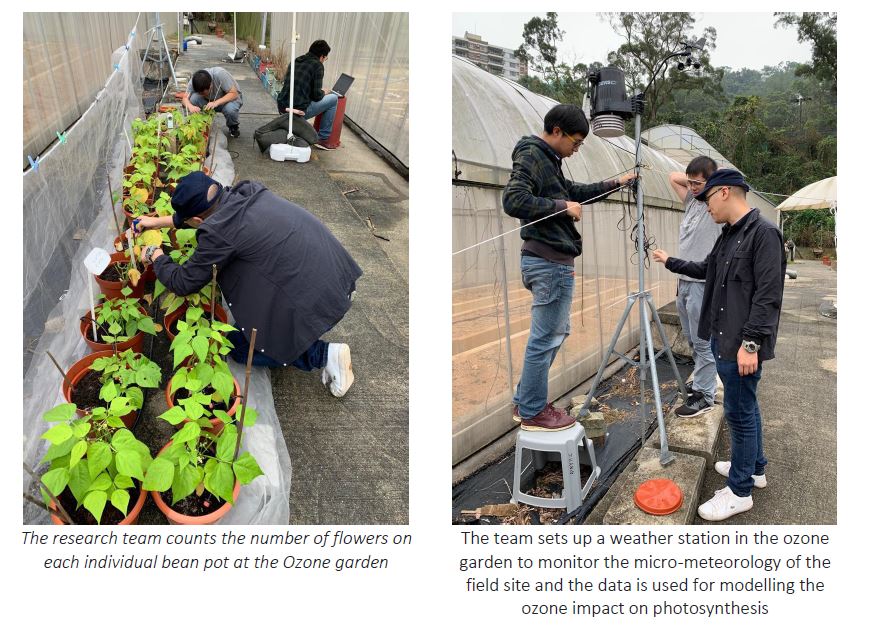
Professor Tai is excited about establishing the “ozone garden”, “Such a free-air ozone garden has been built at many locations in the US and Europe but this is the first of its kind in South China. The data obtained from this garden is essential to demonstrating the impact of air pollution on plants under locally specific environmental conditions and to deriving important parameters of ecophysiology and biometeorology that can be used to build a regionally relevant earth system model for predictive purposes.”
The species of bean that is chosen shows a distinctive red mottles pattern on the leaves according to the level of ozone in the atmosphere. And there are two genotypes of beans, one sensitive type and one resistant type, that show different sensitivity to ozone. The beans are supplied by the Centre for Ecology and Hydrology, UK. Dr.Felix Leung, project leader, found that the ozone-sensitive genotype bean suffers higher ozone-induced foliar damage, with more red mottles and a higher death rate. The sensitive genotype plants also produce 30% more flowers than the resistant genotypes. This is the result of stress-induced flowering caused by ozone, which triggers the plant to produce more flowers and therefore maintain its chance of fertilisation and reproduction. The team also found that the resistant genotype has a higher success rate (17% more) of fruiting development from flowering to bean formation and less immature or dead pods than the sensitive one.
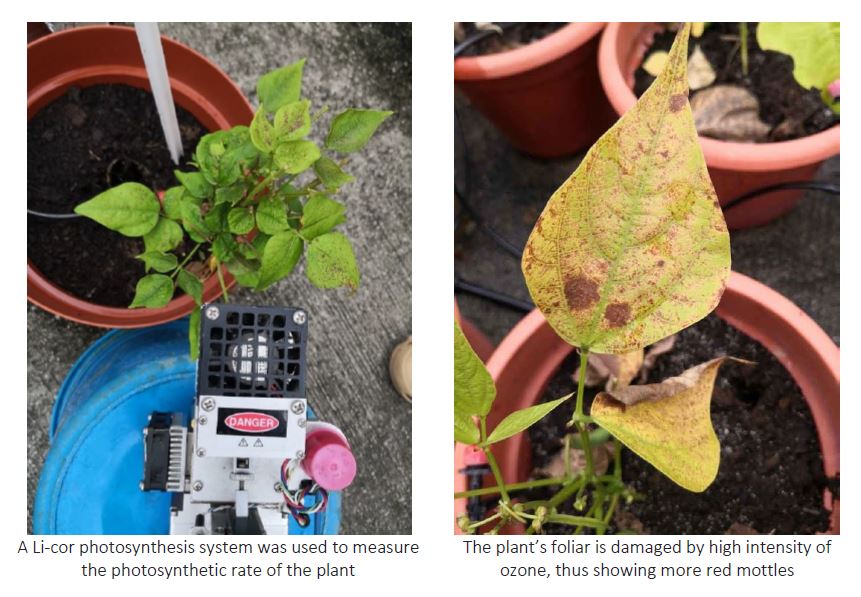
The findings show that the ozone level in Hong Kong is high enough to cause significant damage to plants even in the countryside, like CUHK campus. It has important implications for farmers in Hong Kong and South China where their crops suffer from ozone pollution. This experiment also gives evidence to support a clean air policy that reduces vehicle emissions in Hong Kong. Continuing work on the experiment will be carried out to investigate the physiology of the beans under various ozone concentrations in a controlled environment.
This research was funded by the Research Sustainability of Major RGC Funding Schemes of The Chinese University of Hong Kong, and supported by the State Key Laboratory of Agrobiotechnology (CUHK).
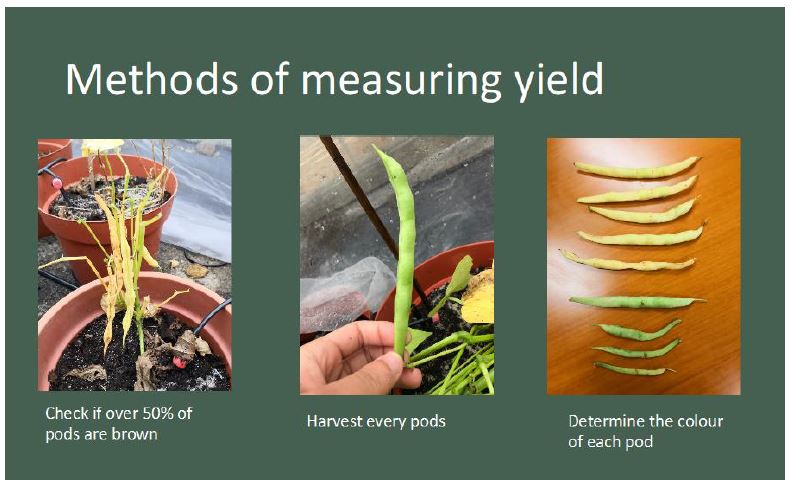
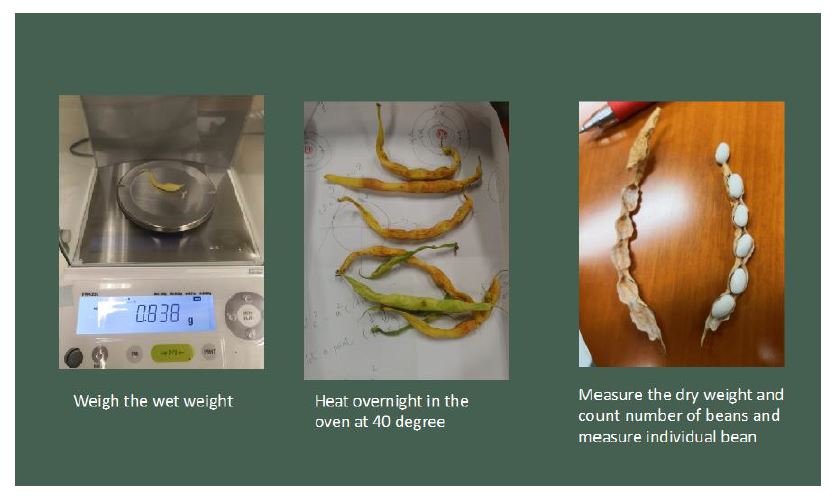
About the State Key Laboratory of Agrobiotechnology, Partner Laboratory in The Chinese University of Hong Kong
The laboratory was established essentially to tackle the pressing demand of food supply by increasing yield, food safety, and nutrition in a country of a billion-plus people. The laboratory builds on the close partnership between CUHK and China Agricultural University, both leaders in agrobiotechnology. The two universities work together on the development of molecular biotechnology and its practical applications in terms of the increase of yields and enhancement of the nutritional value of crops.
About the Institute of Environment, Energy and Sustainability (IEES)
The Institute of Environment, Energy and Sustainability (IEES), established in 2011, aims to promote multidisciplinary environmental research and education for The Chinese University of Hong Kong (CUHK). Through integrating CUHK’s strengths in various cognate disciplines, IEES aspires to build synergy to address some of the most pressing issues confronting the long-term sustainability of human society. IEES endeavours to work in collaboration with industrial, government and non-government organisations as well as different community stakeholders to build a better environment for our future generations.
Note:
Evidence of Ozone-Induced Visible Foliar Injury in Hong Kong Using Phaseolus Vulgaris as a Bioindicator, Atmosphere
https://www.mdpi.com/2073-4433/11/3/266
Kyoto’s Spread Co., Ltd. Brings Large-Scale Expertise to the AVF
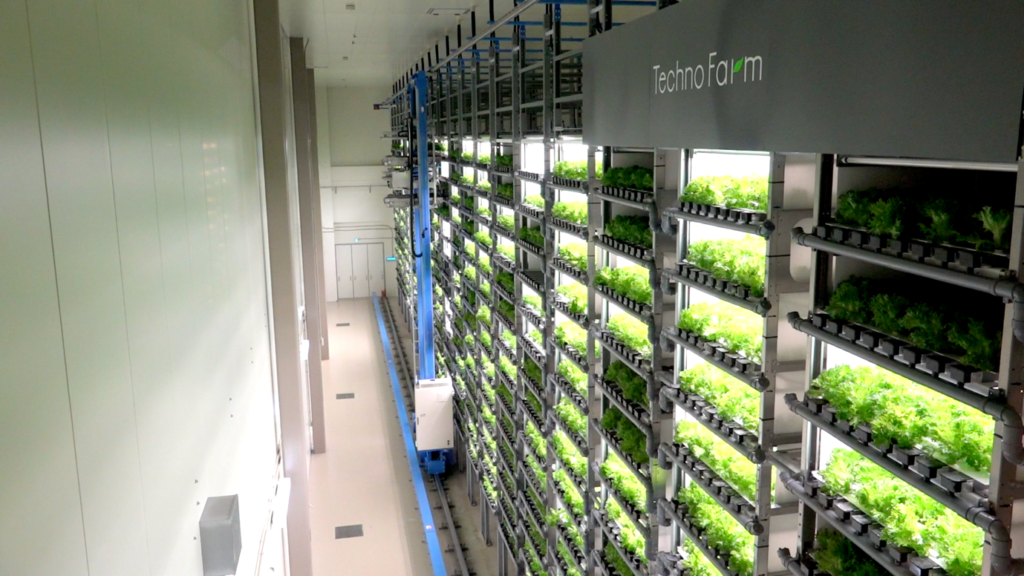
Established in 2006, SPREAD has grown to become the leading Japanese vertical farm operator, with two farms capable of producing over two tons of lettuce per day. By focusing solely on large scale vertical farming systems, they are leading a huge domestic industry in terms of production and profitability. I spoke to JJ Price, Manager of International Business Development, about their pioneering strategy and plans for the future.
Taking the lead in a large domestic market
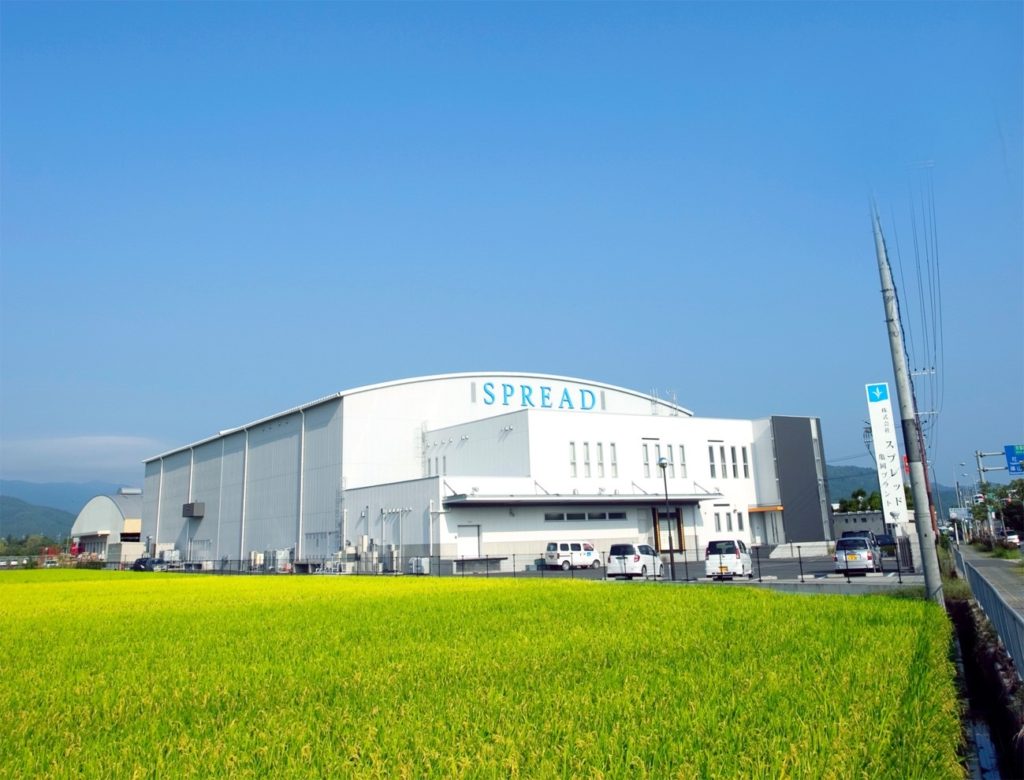
If the vertical farming market has matured anywhere in the world, it would be in Japan: current market research shows that there are just over two hundred vertical farms in the country. In 2007, Spread began their journey by constructing the Kameoka Plant, a non-automated vertical farm that is capable of producing 21,000 heads of lettuce per day. This large scale operation became profitable in 2013, but Spread looked to grow even bigger. In 2015, they announced the concept for an even larger, automated vertical farm to be constructed in the Kansai Science City. Fast forward to today and the Techno Farm Keihanna is operational, capable of producing a further three tons or 30,000 heads of lettuce per day.
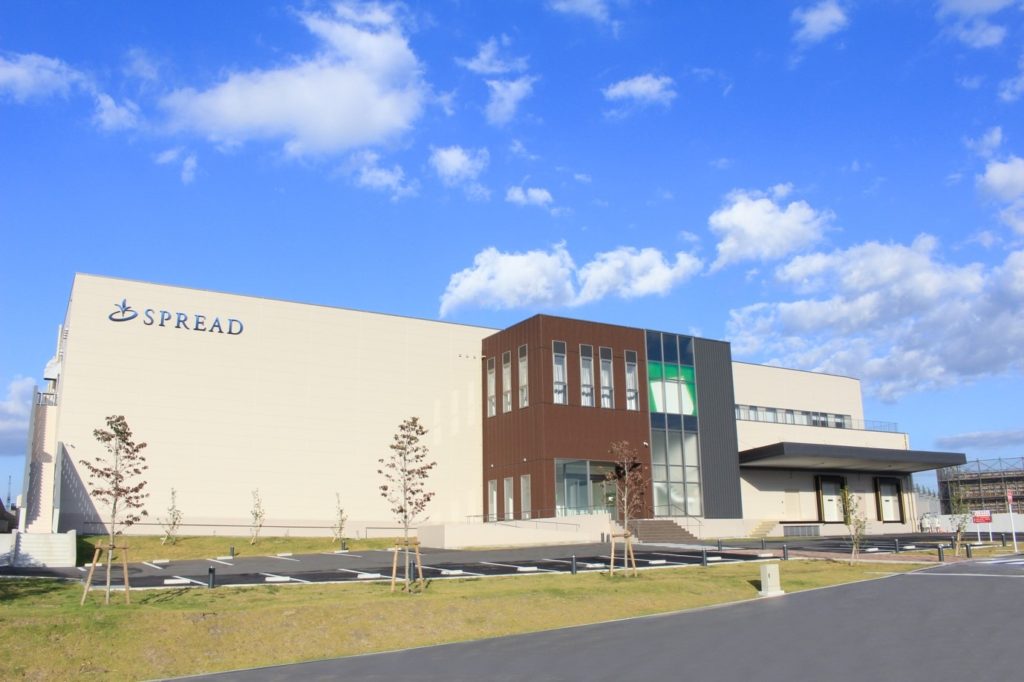
While the level of automation and key technologies differs between the farms, Spread is now one of the largest vertical farming companies in Japan to be operating multiple farms. Their flagship products, the Vegetus brands of lettuce, are in 2,500 supermarkets across Japan and they recently hit the benchmark of 60 million products sold in total. When it comes to market share of vertically-farmed products on supermarket shelves, Spread is, again, the leader. Crop wise, they only focus on lettuce for commercial development, although various other products are in the works. Currently, 70% of the Vegetus brand production goes to retail and 30% goes to food service and ready meal products.
Growing even bigger with a partnership business model
With two farms operational, Spread is hoping to expand further through a partnership business model. With multiple agreements already in place, Spread will work with the partner company and provide expertise, support sales activities, advise on technology and the business model. The first farm under this model was announced on June 24, 2019, with Spread’s partner and member of JXTG Group J Leaf starting construction on Techno Farm Narita, one of Japan’s largest automated vertical farms. Recently, Spread entered into partnership discussions with Kyushu Electric to build the world’s largest automated vertical farm with production capacity of 5 tons of lettuce per day. With this model, Spread hopes to have 10 farms completed by 2025.
Looking outside of Japan, Spread is focused in the shorter term on particular markets. JJ Price told me they are looking closely at the US, Europe and the Middle East. With the scales growing ever larger, and their reach going global, Spread makes sure that its customers come first.
Connecting with the consumer
Vegetus is a strong brand with Japanese consumers. The Spread team told me that in Japan, most open-field lettuce is iceberg, or a red variety called Sunny; all the varieties that Spread provides are different, milder and sweeter. The packaging of Vegetus clearly demonstrates that the products come from vertical farms, and the advantages are listed: no pesticides during cultivation, better texture and flavour. In the supermarket itself, the product is set apart from traditional lettuce. In order to overcome negative perceptions of the product, the sales team goes round the supermarkets, holding events to engage consumers and promote the products. Overall, the perception of vertically-farmed produce is much more positive in Japan than in Europe or the US.

But in the end, the price is what counts, and Spread has a major advantage because of its scale: 1 head of Vegetus retails for 158 yen (suggested retail price), only 10-20% more expensive than outdoor-grown lettuce. This is central to Spread’s strategy: they are not looking for niche or premium brand products. They want Vegetus to be accessible and affordable for as many people as possible. In order to maintain this market position, I wanted to find out how Spread is innovating to drive down costs.
Innovation and automation to drive down costs
Spread does the majority of its R&D in house, from crop research and development to technology development, trialling and implementation. It is this spirit of innovation that led them through six years of trial and error to become a fully profitable vertical farm. But they are not averse to working with other market-leading companies: they developed their automation equipment and lighting in collaboration with leading Japanese companies. They have been working with the NTT Group to develop IoT and AI technologies that will optimise the growing environment and production processes. In terms of driving down costs, JJ Price told me that they are always on the look out to improve hardware and automate labour-intensive processes. Furthermore, they also focus on improving the efficiency of human operations. These are the keys to driving down costs and increasing profitability moving forward.
Partner with Spread Co.
Spread is eager to partner with companies in the AVF network. They have invited interested parties to visit the website and send them an email.
The Liveability Challenge
Global challenge offers more than S$1M of funding and resources to tackle the triple threat facing Asian cities of the future
Temasek Foundation’s Liveability Challenge unveils new themes in its search for deep tech solutions for urban sustainability in urban settings
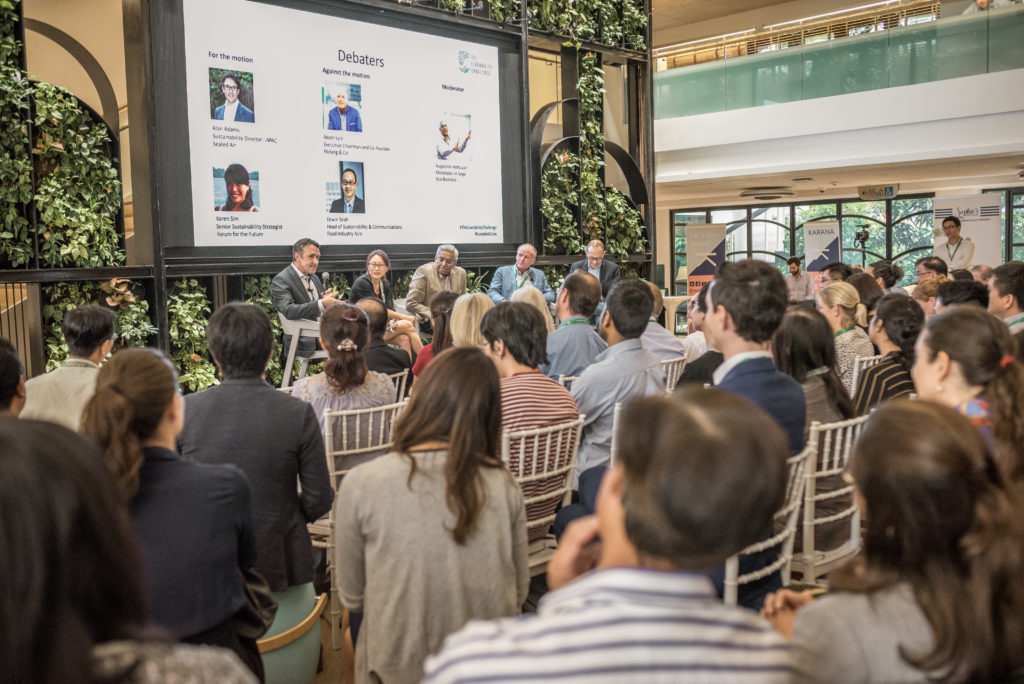
A new, global call for game-changing solutions to grow food, package products, and reduce carbon emissions in cities located in the world’s tropical belt was launched in Singapore. The launch marks the start of The Liveability Challenge, presented by Temasek Foundation, organised by Eco-Business, and convened by Closed Loop Partners, in partnership with Ecosperity Week 2020. (more…)

